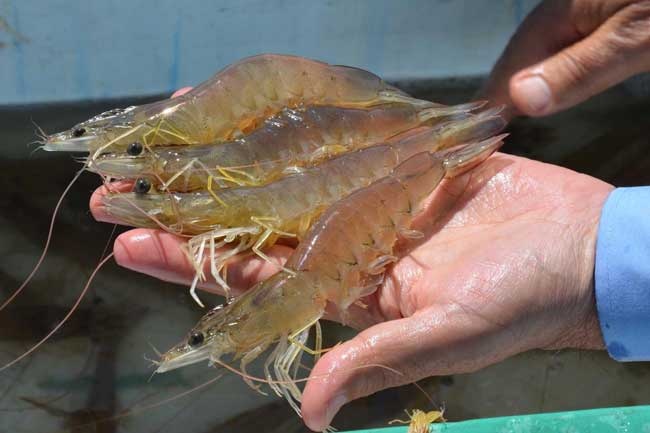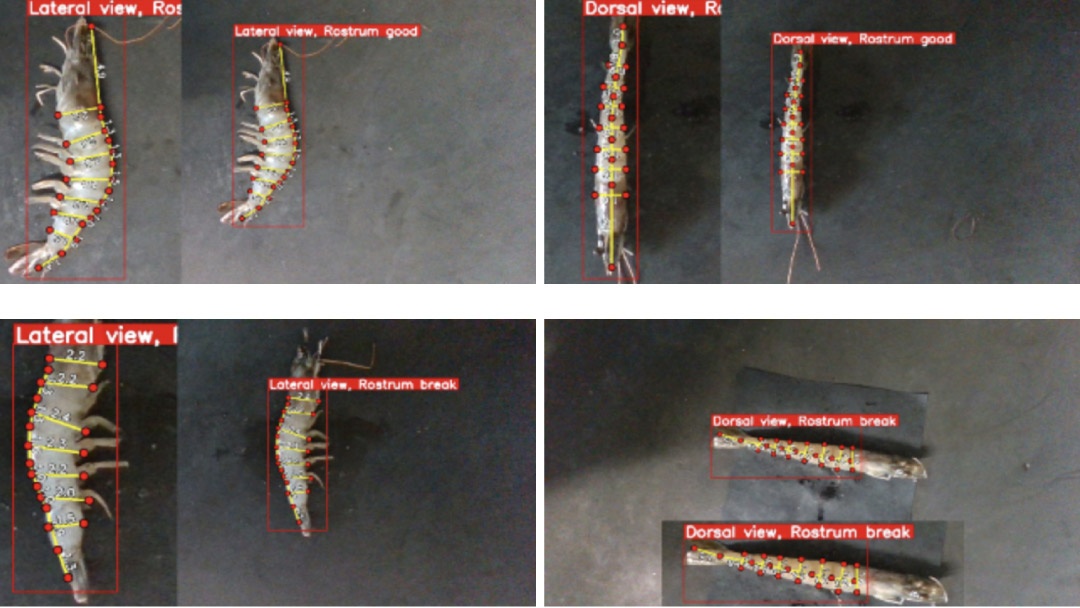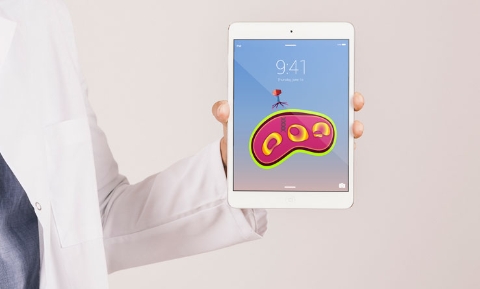
A team of researchers from the University of Las Palmas de Gran Canaria in Spain has introduced a pioneering system designed to automated the biometric analysis of white shrimp (Penaeus vannamei), significantly enhancing the precision and speed of measurements used in genetic selection programmes.
The system, named IMASHRIMP, employs advanced computer vision and deep learning techniques to extract 23 morphologically tailored for application in breeding programmes such as PMG-BIOGEMAR©, operated by the Ecuador-based Almar Group.
This is the first known study to apply articulated 3D pose estimation to shrimp using RGB-D images. This system achieves lower error rates than comparable works on the aquaculture species.
According to the researchers, the goal is to “reduce human error and accelerate the phenotyping process,” enabling more efficient selection of desiderable genetic traits. The study’s lead author, Remache González Abiama, highlights that the current manual process is both time-consuming and susceptible to inaccuracies.
“We propose a novel solution to automatically measure shrimp using deep learning techniques, enabling precise and robust phenotyping,” the team states.
IMASHRIMP incorporates two artificial intelligence modules to minimise human input errors. The first determines the viewpoint of the shrimp (lateral or dorsal), while the second checks for the presence or absence of the rostrum-a critical anatomical feature often damaged in mature specimens.
By comparing human annotation with AI predictions in a two-factor authentication system, the platform reduced classification errors in image viewpoint from 0.97% to 0%, and rostrum detection errors from 12.46% to 3.64%.
Key Point Mapping and 3D Conversion

The system uses an adapted version of the VitPose neural network to detect 23 anatomical landmarks on each shrimp, forming a virtual “skeleton” for detailed morphological analysis. If the rostrum is damaged, the model adjusts by analysing 22 points instead.
Once the key points are identified, a regression model-based on Support Vector Machines (SVM)-converts 2D pixel data into real-world centimeter measurements. This method showed a mean error of just 0.07 ± 0.1 cm, significantly outperforming traditional calibration methods.
The IMASHRIMP system was validated using a robust dataset of 12,367 images captured over eight months at the SABE (Servicio de Análisis para Acuicultura y Biotecnología de Alta Especialización) laboratory. Each shrimp was photographed in multiple positions using an Intel RealSense D435 depth camera under controlled lighting.
In tests, the system achieved a mean average precision (mAP) of 93.12% for pose estimation. Morphological measurements derived from dorsal and lateral views similarly accurate, confirming the tool’s reliability in varied image perspectives.
With global shrimp demand continuing to rise, Ecuador-currently the world’s largest exporter-faces mounting pressure to enhance productivity. According to the FAO (2024), white-leg shrimp accounted for 6.8 million tonnes of global aquaculture production in 2022. Tools like IMASHRIMP can play a crucial role in meeting this demand sustainability by enabling faster, non-invasive and cost-effective genetic evaluation.
The authors highlight that the system currently operates under laboratory conditions and its performance in commercial farm settings still needs evaluation. The authors suggest future upgrades could include multi-shrimp recognition per image, deployment in industrial environments, and 3D shape reconstruction using AI and RGB-D fusion.
The researchers envision future applications in industrial environments and potential expansion to multi-shrimp analysis per image. The code for IMASHRIMP is publicly available at https://github.com/AbiamRemacheGonzalez/ImaShrimp-public
Reference:
Abiam Remache González, Meriem Chagour, Timon Bijan Rüth, Raúl Trapiella Cañedo, Marina Martínez Soler, Álvaro Lorenzo Felipe, Hyun-Suk Shin, María-Jesús Zamorano Serrano, Ricardo Torres, Juan-Antonio Castillo Parra, Eduardo Reyes Abad, Miguel-Ángel Ferrer Ballester, Juan-Manuel Afonso López, Francisco-Mario Hernández Tejera, Adrian Penate-Sanchez. IMASHRIMP: Automatic White Shrimp (Penaeus vannamei) Biometrical Analysis from Laboratory Images Using Computer Vision and Deep Learning. Arxiv. https://doi.org/10.48550/arXiv.2507.02519


